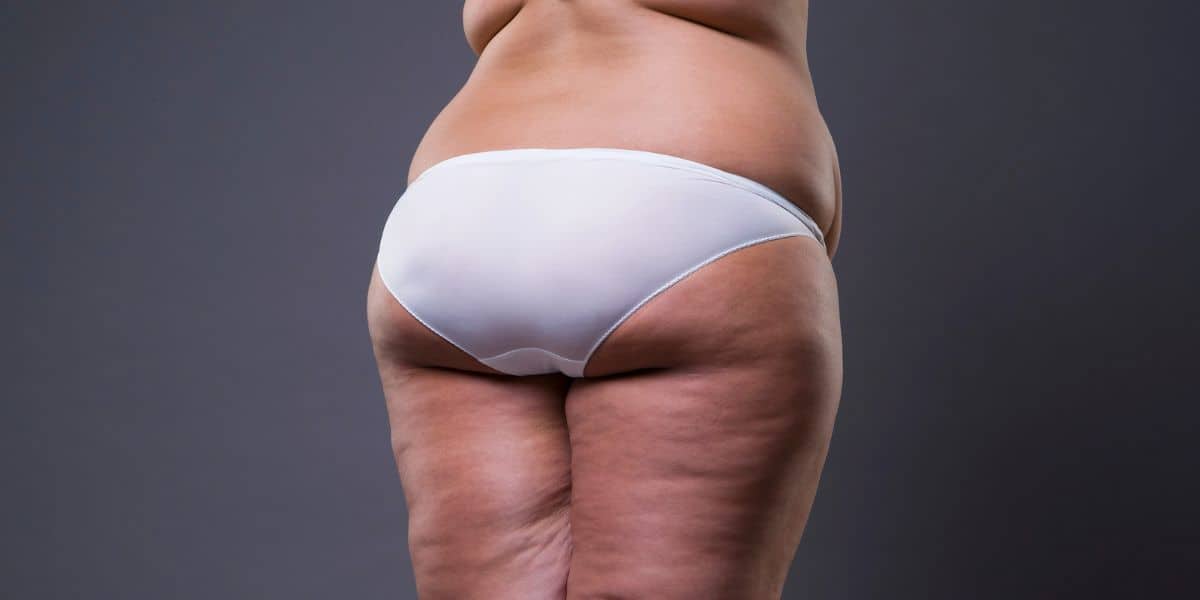Transgender Body Contouring
What is transgender body contouring?
Body contouring for gender-affirming care refers to a set of surgical procedures that are often used to alter a person’s body appearance to better align with their gender identity. These procedures can be performed on various body parts, including the chest, hips, thighs, and buttocks, to enhance their appearance to be more traditionally feminine or masculine, depending on the patient’s goals.
Bodies come in all different shapes and sizes, but it can be difficult when you’re unhappy with the shape of your own body. This can be even more difficult for trans patients whose bodies don’t match their gender identity.
While weight loss, exercise, and hormone therapy can greatly improve your body image and self-esteem, it isn’t always enough. That’s where body contouring surgery comes in.
Body contouring can create a more masculine or feminine body shape through liposuction and fat grafting. The precise techniques used will depend on the patient. Trans women, trans men, and nonbinary people tend to have different appearance goals and may need varying procedures to achieve their desired outcomes.
As a board-certified plastic surgeon and member of WPATH (World Professional Association for Transgender Health) and USPATH (United States Professional Association for Transgender Health), I help transgender patients seeking gender-affirmation surgery.

What is body feminization surgery?
The goal of body feminization is to create curves and soften body features. Society associates curves and a more hourglass shape with femininity.
Over time, hormone replacement therapy (HRT) — especially estrogen — will change where your body stores fat. Your body will start storing fat in areas such as the breasts, buttocks, and thighs. If that isn’t cutting it, plastic surgery procedures can redistribute fat and alter body contours with more control.
Body contouring for patients transitioning from male to female can include just one or a combination of the following body contouring procedures:
Arm and thigh lifts
Arm lifts (brachioplasty) and thigh lifts remove excess skin from the arms or thighs (as the names imply). This creates a more youthful and toned look.
Brazilian butt lift
Commonly referred to as a BBL, a Brazilian Butt Lift (BBL) creates a larger or more defined derrière without the use of implants. BBLs are popular with both cisgender and transgender women as a “two-in-one” procedure.
Using liposuction, I can remove fat from strategic areas of the body (such as the waist), purify that fat, and inject it into the buttocks. This lets us create a trimmer waistline and curvier hips and butt. Because the augmentation is being performed with fat from your own body, there is no risk of rejection or allergic reaction.
Liposuction / lipo sculpting
Liposuction is a very common surgical procedure for body contouring, especially when combined with fat transfer. With advanced liposuction techniques, I can remove excess fat from the abdomen, waist, and arms to enhance the appearance of the hips, buttocks, or thighs. Fat transfer is also useful for breast augmentation if you want a small boost.
MTF abdominoplasty
The only real difference between a tummy tuck (abdominoplasty) for male patients and a tummy tuck for female patients is the final contouring. A tummy tuck removes excess tissue and skin to create a flatter, more toned stomach.
For my female patients, I aim for a trim waistline with softer contours as opposed to a square male waist.
CALL (818) 770-7050 OR CLICK HERE TO SCHEDULE ONLINE
What is body masculinization surgery?
As the name suggests, body masculinization surgery aims to create a more traditionally masculine appearance. We associate curves and an hourglass figure with the female body, while male bodies are usually more straight or square.
This is achieved with liposuction and/or liposculpting and sometimes with the addition of top surgery (mastectomy) and/or a tummy tuck. These also can include:
Abdominoplasty
This step in the FTM transgender body contouring process creates a flatter, more toned abdomen. Estrogen contributes to fat storage, which can make weight loss more challenging. Over time, hormone therapy will change how your body distributes fat. But if that isn’t enough, abdominoplasty (commonly known as a “tummy tuck”) can help.
A tummy tuck removes excess skin, fat, and tissue from the abdomen. This procedure can sculpt a more toned, narrow, masculine abdomen. This can help create a more V-shaped torso or make a straight line from the shoulders to the hips (a more “masculine” shape).
Masculinization liposuction
Liposuction removes fat deposits through small incisions; lipo sculpting removes smaller amounts of fat, sculpting more masculine body contours. Both procedures can be combined with fat transfer — the removed fat is purified and injected into other body parts.
For trans men, this generally involves removing fat from the hips, thighs, abdomen, and buttocks to square out the chest and shoulders. This creates thinner, more masculine hips and thighs and a more V-shaped torso (broad shoulders and slim waist).
What is body contouring for nonbinary patients?
Some nonbinary people seek gender affirmation surgery to achieve a more androgynous appearance or to look less like their assigned gender at birth. The procedures included will depend on the individual patient’s specific needs but may include the following:
- breast reduction/breast augmentation
- liposuction
- facial cosmetic surgery (rhinoplasty, dermal fillers, facelift)
- body sculpting
- abdominoplasty
What is the transgender body sculpting procedure process like?

The first step in any plastic surgery procedure is a consultation. We’ll review your medical history, appearance goals, and any past or ongoing treatments (such as HRT) during your consultation. Hormone therapy can cause major physical changes over time, so I consider that when developing your treatment plan.
Once we’ve reviewed your goals, I will outline the procedures that will yield the best results. We will also discuss expected outcomes and potential risks; it is important to me that you have realistic expectations and make a fully informed decision.
On the day of your surgery, you’ll be put under general anesthesia administered by a board-certified anesthesiologist. Depending on your treatment plan, I will either perform all agreed-upon cosmetic surgery procedures during one session, or we will split your surgeries over multiple visits with recovery time in between.
Your surgery will be outpatient, meaning you can go home the same day. However, you will need a friend or family member to drive you home.
You will be sent home in a special compression garment to reduce swelling and will receive written post-operative instructions. Your exact recovery time will depend on the procedures you have undergone, but you will need to avoid strenuous activity or exercise for at least a few weeks.
Does insurance cover gender-affirming surgery?
Different insurance companies have different policies on what gender-affirming care they cover. Generally, health insurance will cover surgeries performed to treat gender dysphoria but will not cover purely cosmetic procedures.
Check with your insurance provider to see what surgeries are considered “medical” versus “elective” and what requirements or authorization they require.
Trust Dr. Saber for body contouring in Encino
An expert in plastic and reconstructive surgery, Dr. Sepideh Saber offers a more compassionate female perspective on cosmetic surgery. She proudly serves the LGBTQ+ community and understands the importance of access to gender-affirming care.
Scheduled your consultation with Dr. Saber today. Call us at (877) 205-4100 or schedule a consultation online.
The practice of Dr. Saber is located in Encino, CA, for patients throughout the Los Angeles area. We are also convenient to Encino, Woodland Hills, Sherman Oaks, Calabasas, Burbank, Glendale, Hidden Hills, Agoura Hills, Northridge, North Hollywood, Malibu, Topanga, Canoga Park, Reseda, Valley Glen, Chatsworth, West Hills, Winnetka, Universal City, Bel Air, Beverly Hills, Downtown Los Angeles, Silverlake, and Echo Park.
CALL (818) 770-7050 OR CLICK HERE TO SCHEDULE ONLINE

















